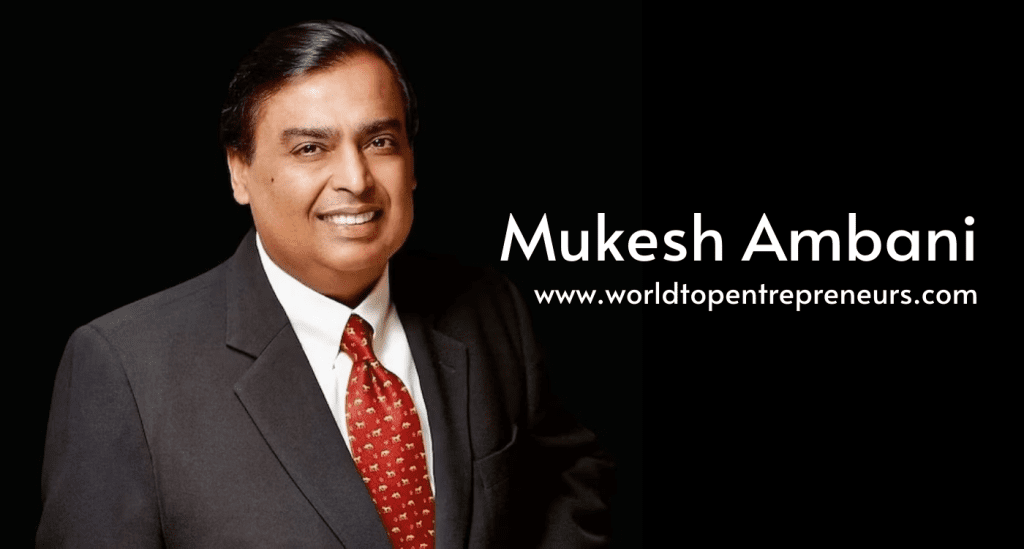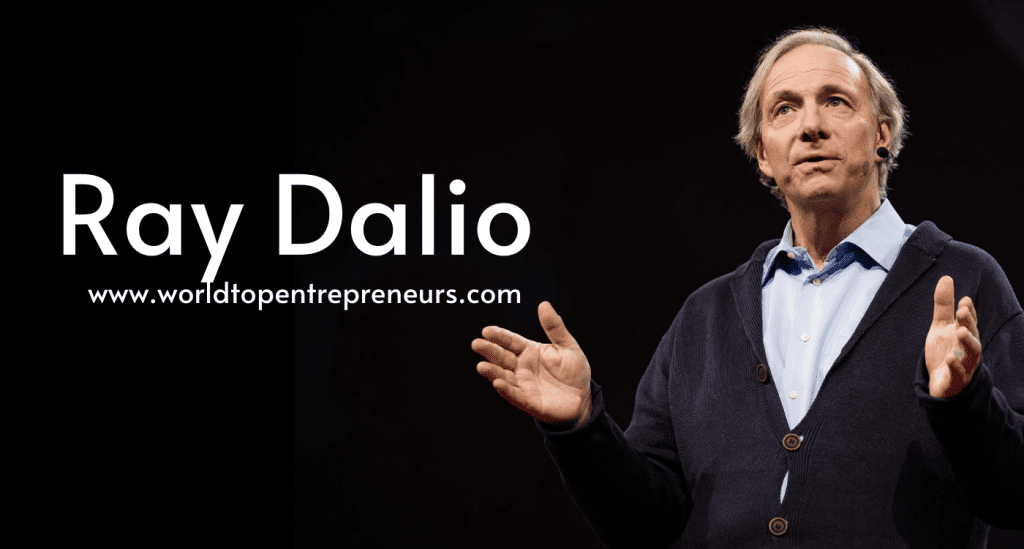Introduction
Pramod Bhasin is a name synonymous with innovation and leadership in the business process management (BPM) sector. As the founder and former CEO of Genpact, Bhasin’s journey is a testament to entrepreneurial spirit, resilience, and strategic foresight. This blog delves into his educational background, business journey, struggles, successes, and the impact of his work on the global business landscape.
Educational Background:
Pramod Bhasin’s academic foundation is impressive. He graduated with a Bachelor of Arts in Economics from the prestigious Delhi University. Following this, he pursued an MBA from the Wharton School at the University of Pennsylvania. This solid educational background provided him with the analytical skills and business acumen necessary for his future endeavors.
Early Career:
Bhasin began his career at General Electric (GE), where he spent nearly two decades. His time at GE was pivotal, as it exposed him to various facets of management and operations. He held numerous positions, honing his skills in leadership and strategic thinking. It was during this time that he recognized the potential for outsourcing services in India, which would later become a cornerstone of his career.
The Birth of Genpact:
In 1997, Bhasin took a bold step by founding Genpact as a business unit within GE. The company focused on delivering high-quality business process outsourcing (BPO) services, leveraging India’s growing talent pool. Under Bhasin’s leadership, Genpact quickly evolved from a captive unit into a standalone company in 2004.
Entrepreneurial Challenges:
The journey was not without its challenges. Bhasin faced skepticism about the viability of outsourcing in India, especially given the nascent stage of the Indian IT and services industry. Additionally, scaling operations while maintaining quality proved to be a significant hurdle. Bhasin had to navigate regulatory issues, talent acquisition challenges, and the ever-evolving demands of global clients.
Strategic Growth and Successes:
Despite these obstacles, Bhasin’s strategic vision propelled Genpact to success. He focused on building strong client relationships and fostering a culture of innovation within the company. This approach paid off, as Genpact became a leader in the BPM space, serving clients like General Electric, Citibank, and many others.
In 2007, Genpact went public, further solidifying its position in the industry. Under Bhasin’s guidance, the company expanded its services to include analytics, digital transformation, and automation, staying ahead of industry trends.
Leadership Style and Philosophy:
Bhasin’s leadership style is characterized by an emphasis on collaboration and empowerment. He believed in creating a work environment where employees felt valued and engaged. This focus on human capital was instrumental in Genpact’s ability to attract and retain top talent.
Philanthropic Efforts:
Beyond his corporate achievements, Pramod Bhasin is also committed to social causes. He has been involved in various philanthropic initiatives, focusing on education and skill development in India. His efforts to bridge the skill gap in the workforce reflect his belief in the transformative power of education.
Legacy and Impact:
Pramod Bhasin’s entrepreneurial journey is not just about building a successful company; it’s about transforming an industry. Genpact has not only created thousands of jobs but has also set benchmarks for quality and service in the BPM sector. Bhasin’s influence extends beyond Genpact, as he continues to mentor young entrepreneurs and advocate for the growth of the Indian business ecosystem.
Conclusion:
Pramod Bhasin’s story is one of vision, perseverance, and impact. From his educational roots to leading Genpact through its transformative journey, Bhasin exemplifies what it means to be a pioneer in business. His legacy continues to inspire future generations of entrepreneurs and leaders in the dynamic world of business process management.





















